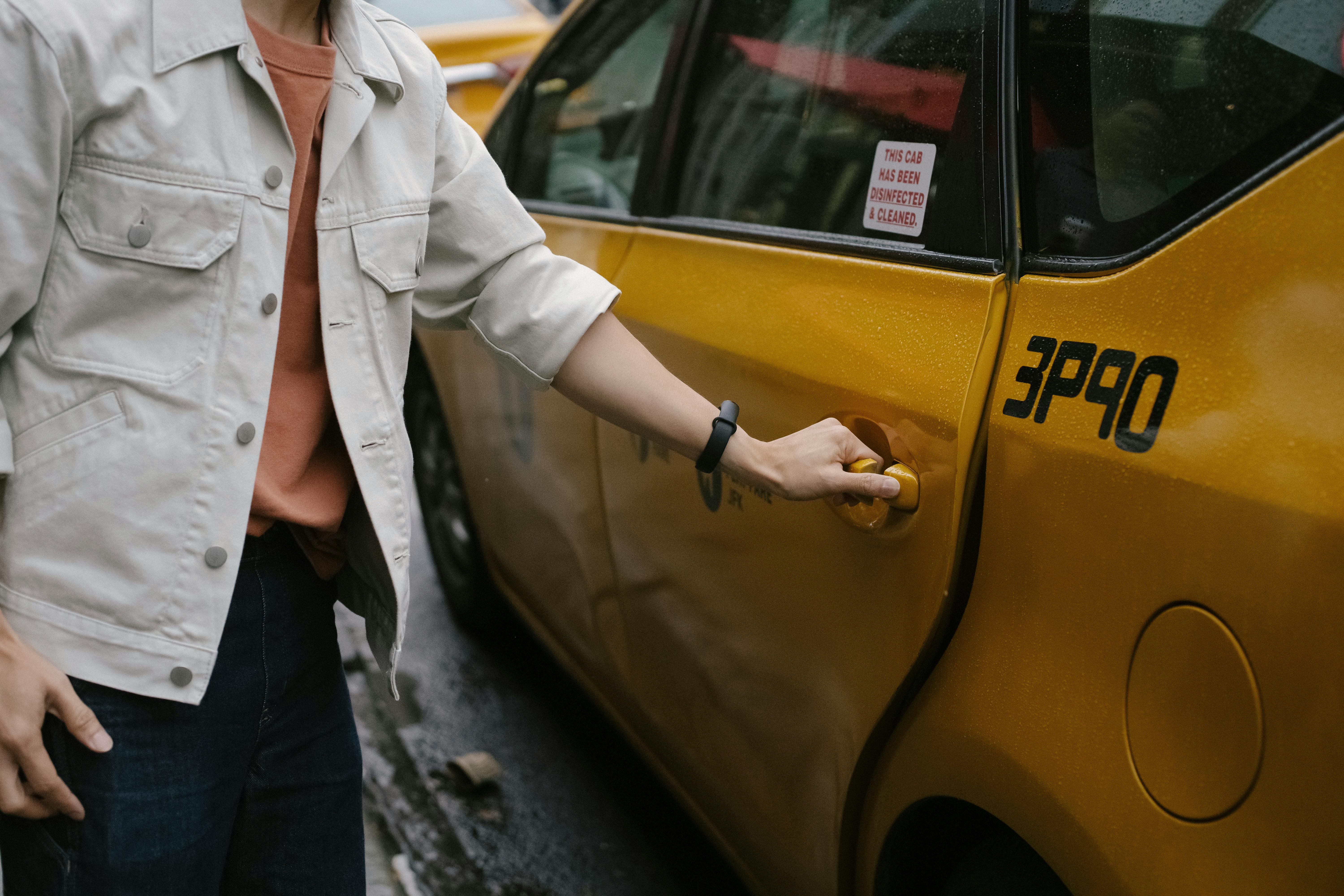
When You’re At Fault: Collecting Your Collision Coverage
admin
- 0
You have just been involved in a collision and have collision coverage on your auto policy. Collision coverage pays to fully repair your car or replace it if it’s a total loss (minus your deductible, of course), regardless of who’s at fault. If you are the main cause of an accident and your car is damaged, there are only two places to get the money for repairs: collision coverage or your child’s piggy bank. You report the claim to your agent or directly to the insurer. A claims adjuster contacts you. If your car is drivable, you may be asked to get one or two estimates, or the adjuster may inspect the car himself and write his own estimate.
Here are some of the common problems you may encounter during this process and what you can do to resolve them:
- You don’t like the store that the insurer recommends. Most insurance companies have relationships with auto body shops that are easy to work with, as well as reasonable in their estimates and in negotiating repair costs. However, in most states, you have the right to choose the shop of your choice and can insist that your insurance company work with that shop. Some stores are known to be price gougers. It benefits everyone if you avoid those shops: keeping repair costs reasonable keeps premiums low.
- The adjuster requires that you get two or three estimates. Requesting a quote is reasonable; get it at your favorite body shop. If it’s not an inconvenience, getting a second quote helps keep stores honest. If you prefer not to get a second estimate, you may have the right to refuse and request that the insurance company send an adjuster to calculate the price of the repair with your shop, especially if your car is not driveable. As for a third estimate, decline: it’s totally unreasonable for the adjuster to ask you for that.
- Your preferred store will not honor the adjuster’s estimate. Unfortunately, this situation often occurs. When an adjuster is busy, they will write an estimate and hand or mail you a check for that amount. At first, you may be happy to have such fast service. Then you bring your car in and the body shop refuses to fix it for the amount the adjuster gave you. The body shop often points out damage that the adjuster missed. Don’t worry, just call the adjuster and have them work out a new repair price with your shop and write you a second check. Never accept an estimate and payment before your preferred auto body shop agrees to do the repairs for that amount.
- The body shop wants additional money from you before they deliver the car. The store may do this for one of two reasons:
- The adjuster may have approved additional damages, but the second claim check has not arrived. If so, the solution is to sign a form (available at all auto body shops) authorizing your insurer to avoid it and pay the extra cost directly to the shop. Then most shops will release your car without further hassle. If the store still hasn’t delivered your car, the best option is to charge your credit card for the extra amount.
- A second possibility is that the shop is trying to get a quick one out. All reputable shops know that any additional repairs must be approved by the adjuster. If the shop surprises you with demands for more money when you arrive, you made the repairs without authorization. The shop hopes you’re so desperate to free your car that you pay the difference yourself or protest so loudly to your insurance company that it will pay just to appease you. If the shop didn’t get approval, the shop is the bad guy. Don’t pay them. Sign an authorization for your insurance company to pay additional amounts, if any, to the body shop. The shop then has to do what it should have done and try to work things out with your adjuster. But then it’s the store’s problem, not yours.
- The insurer will not pay for new parts. You have a nice, clean, low mileage, 8 year old car. Is hit. The adjuster’s quote is for used parts, but you want new parts. The insurance company has the right to replace your used parts with used parts. You have the right to ensure that the parts are in good condition and you may refuse to allow them to be used if they are not. You also have the right to demand new parts, although you will have to pay the difference between the cost of the new and used parts. Think of it this way: the insurance company is within its rights when it only pays for used parts because it only has to replace what it had, and your parts certainly had some wear and tear at the time you had the accident.
- Get cash when you are not going to do the repairs. The insurance company, not you, can choose whether to repair, replace, or pay cash. That said, most insurers still allow you to choose cash if you prefer. Companies differ in the amount of cash they pay: some pay you the full cost of the repair; others pay what they call an appearance allowance to compensate you for the loss in value of your damaged car. If you are not satisfied with the amount of an appearance allowance, go to a dealer. Show the used car manager your car. Ask him to write on his letterhead the values of his car before and after the accident. You are entitled to receive the difference between these two values if you decide not to repair the car (assuming that value is less than the repair costs).

